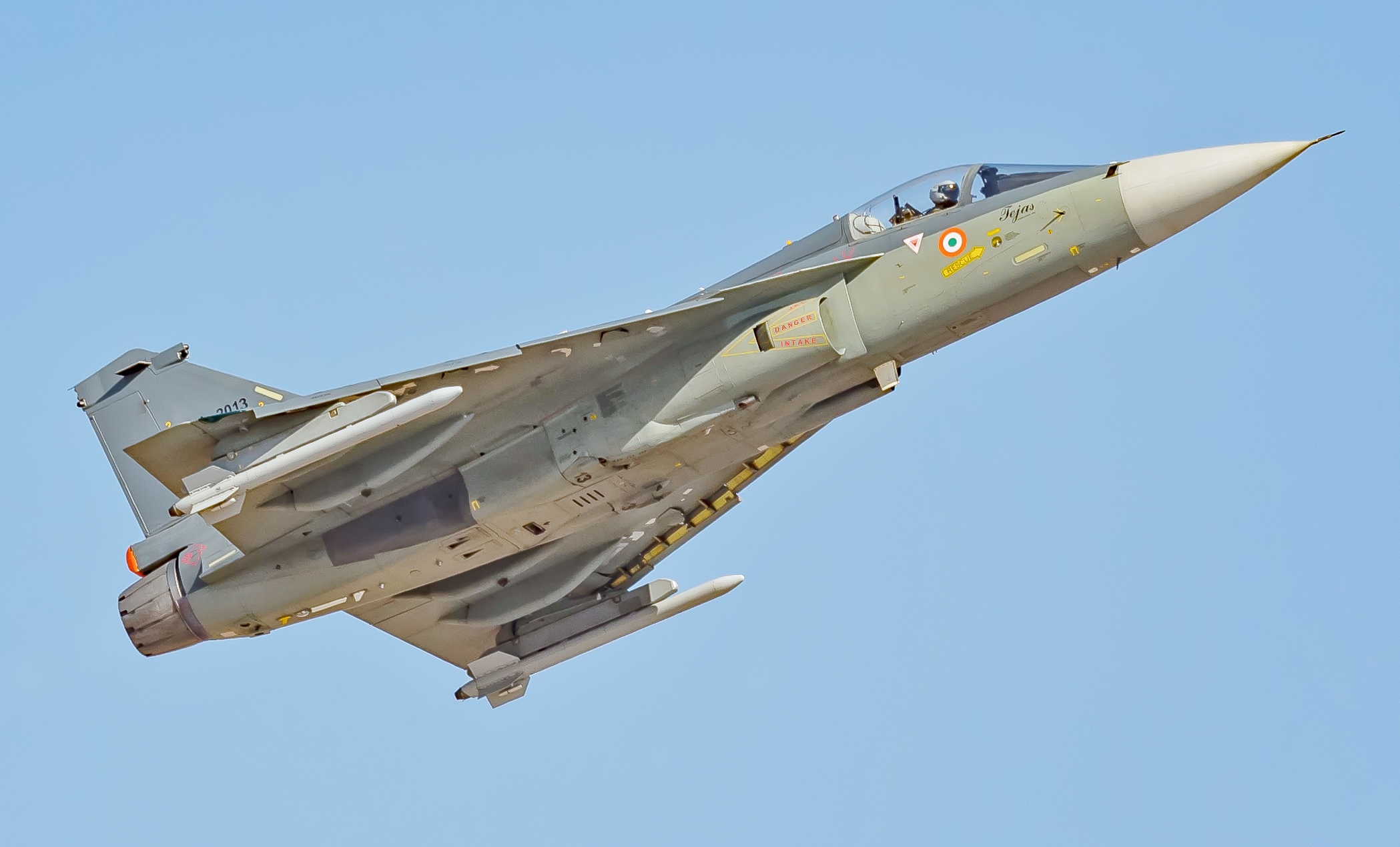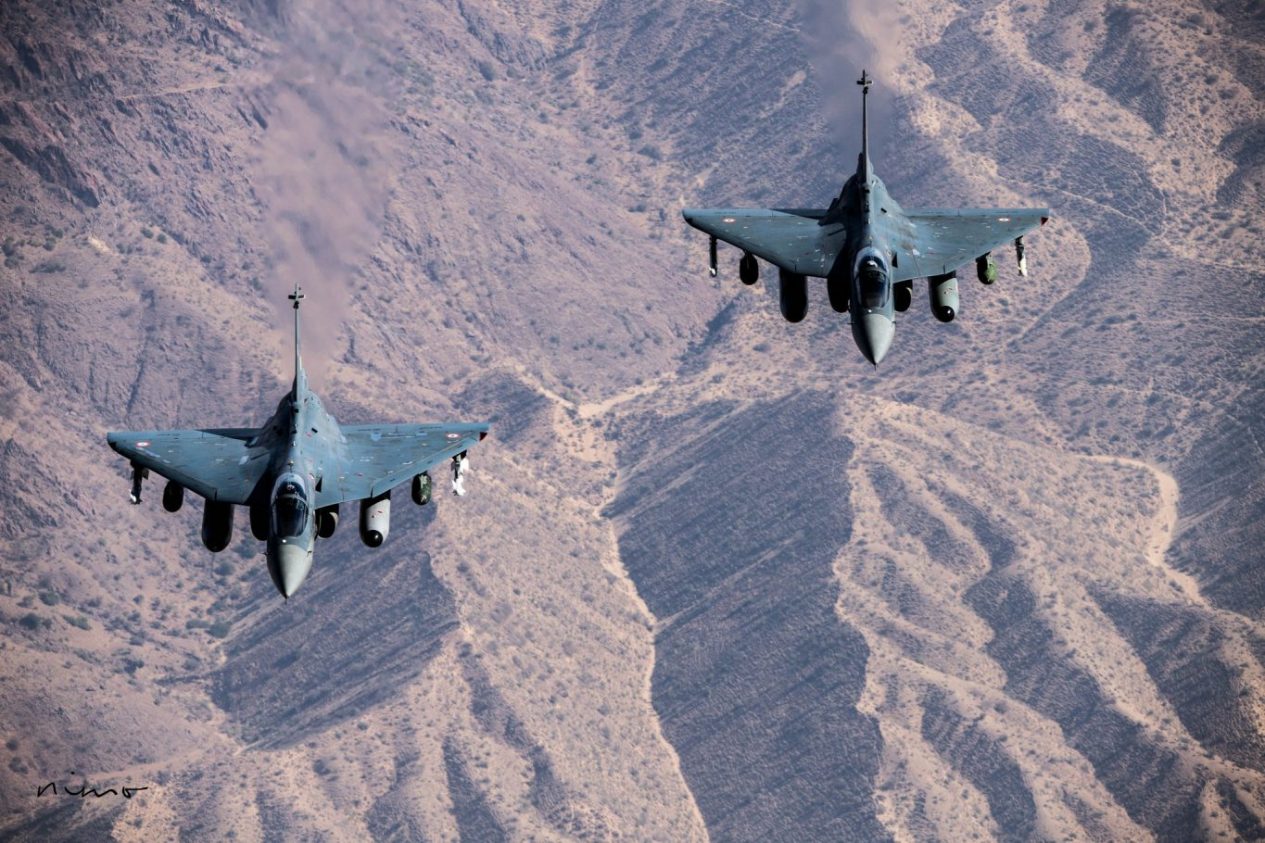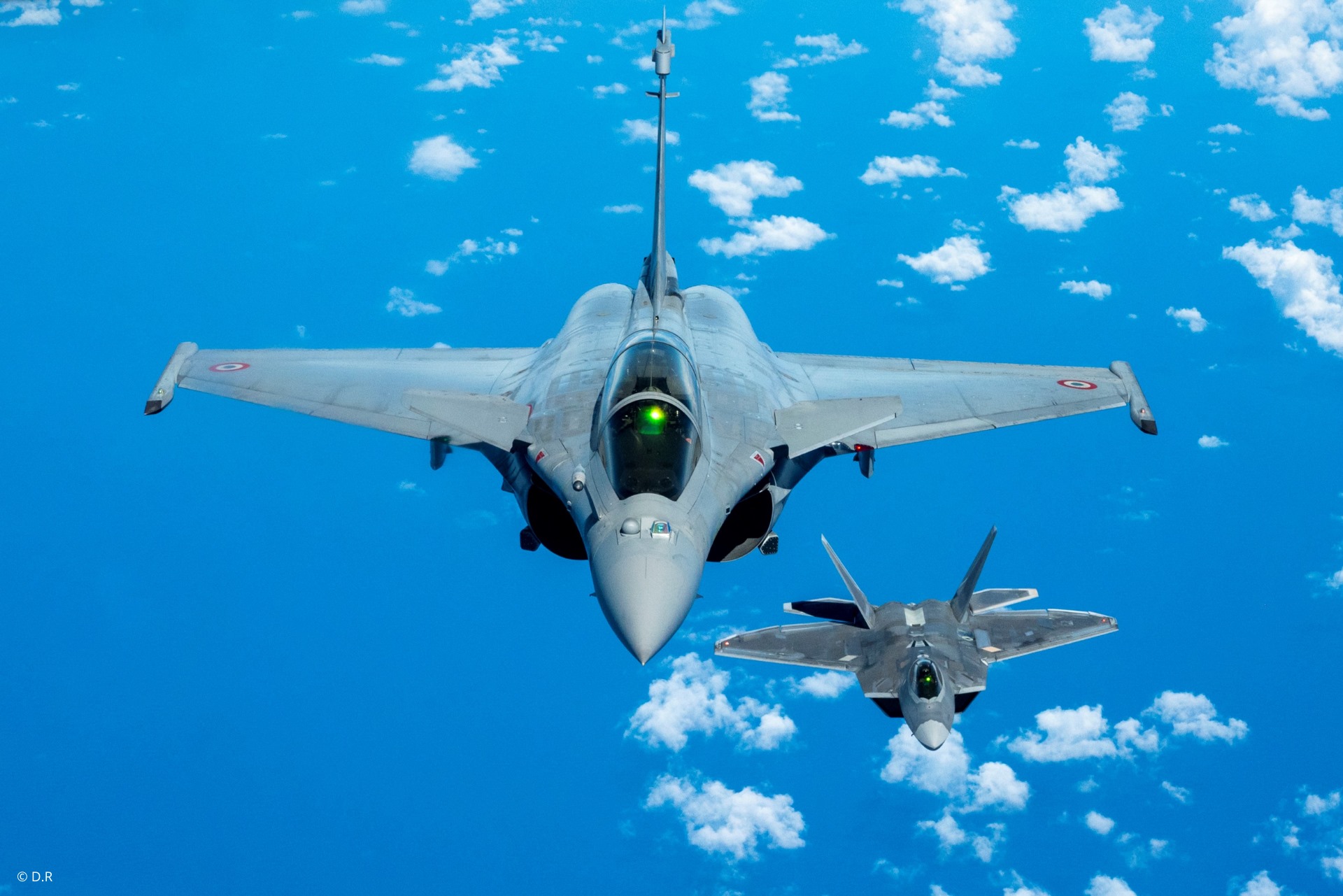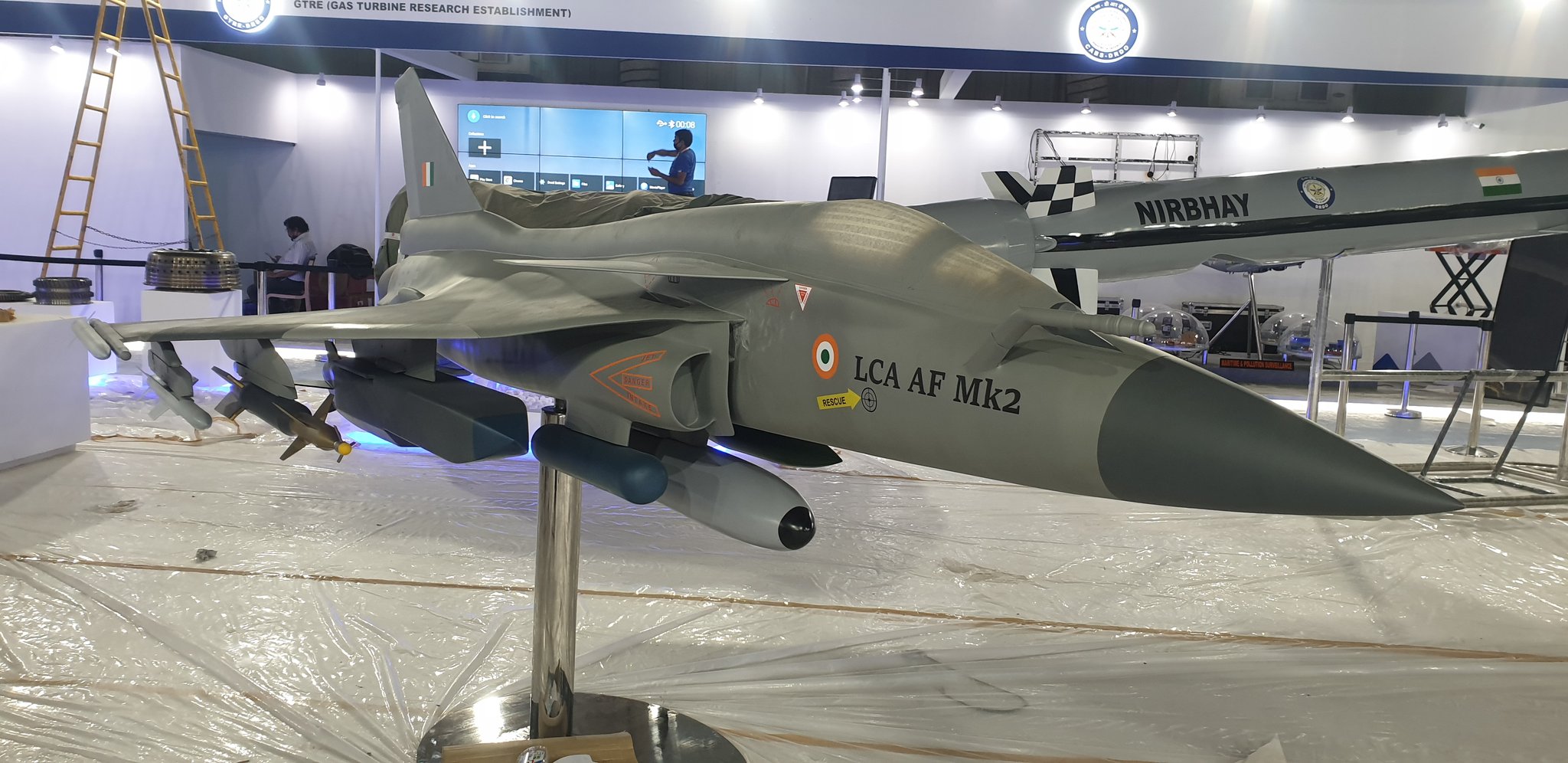India’s Ministry of Defense has stated that the indigenous Tejas light combat aircraft (LCA) is not being inducted as a replacement of the aging MiG-21 fighter jet but as part of the modernization process of the Indian Air Force.
Must Read: S-400 Missile: India Finally Deploys Its ‘Overhyped & Overrated’ Air Defense System Near Pakistan Border?
The latest information was provided by the junior defense minister Ajay Bhatt in a written reply to a lawmaker’s query in the Upper House of Parliament on December 20. The overall cost of manufacturing 24 LCA Tejas delivered till September 30, 2021, according to the press statement, is Rs 6,653 crore.
Tejas is not being inducted as a replacement of MIG-21 fighter aircraft, but as a part of modernisation of @IAF_MCC.
Amount spent so far on the manufacture of 24 LCA Tejas delivered till 30.09.2021 is ₹6,653 crores.#ParliamentQuestion
Read: https://t.co/NAt8ANHxuW pic.twitter.com/CQj3zXZ3rQ
— PIB India (@PIB_India) December 20, 2021
Following the IAF’s deal with Hindustan Aeronautics Limited (HAL), a total of 123 Tejas fighter aircraft will be manufactured. However, the news release also indicated that future manufacturing would be depending on the Indian armed forces’ requirements or export orders.
Contrary to MOD’s claims, the Indian government had declared plans to develop a new LCA in 1983 and was projected as a replacement for the Russian MiG-21s. The Soviet-era jets are still in service although they are way past their expiry date.
Moreover, in the Public Accounts Committee, 2018-19 report, it was clearly stated that the LCA would be inducted into IAF by 1994 as a replacement for the MiG-21.

The first prototype of the LCA, however, did not fly until 2001, 18 years after the project began. One of the main reasons for the delay was India’s desire to develop its own jet engine, which is still a work in progress.
The Print’s Editor-in-Chief Shekhar Gupta explained that India was stuck in a dreadful situation of technology denial in the 1970s and 1980s, particularly after the 1974 Pokhran nuclear tests. India was refused access to any “critical technology” by the West, particularly the United States. Furthermore, after India’s nuclear tests in May 1998, Washington imposed sanctions on New Delhi.
The Tejas received the initial operational clearance in December 2013, and the IAF acquired the first aircraft with final operational clearance in 2019. On January 13, 2021, the Cabinet Committee on Security approved a Rs 48,000-crore procurement for 83 Tejas LCAs, including 73 Mark 1A versions, giving a push to the government’s ‘Make in India’ initiative.

Tejas Mk-1A
The latest order of 83 Tejas is the supplement of the initial order for 40 of the base Mark 1 model (including 8 trainers). India and HAL are banking on significant upgrades to the Mark-1A to ensure India’s continued investment in the Tejas in various ways.
These improvements include mid-air refueling, enhancing the combat ability, and maintainability improvements through the incorporation of Active Electronically Scanned Array (AESA) Radar, Electronic Warfare (EW) suite, and Beyond Visual Range (BVR) missile capabilities.
Since the aircraft incorporates extensive collaboration between the private sector and HAL, it will provide a significant boost to the domestic aviation industry. Dynamatic Technologies will build the front fuselage of the latest Tejas, while VEM Technologies in Hyderabad will produce the middle part and Alpha Design Technologies in Bengaluru will develop the rear section. Larsen and Toubro will produce the wings for the Tejas Mk-1A.
MBDA, a European missile manufacturer, has reportedly stated that its high-performance Meteor beyond-visual-range missiles, which India is purchasing for its Rafale fighters, will not be integrated into Tejas.

The LCA Mk-1A will have the capability to fire BVR missiles like the Derby, and this capability is already incorporated into the present Tejas.
According to HAL officials, an indigenously developed BVR missile (ASTRA Mk 1) has been chosen to be incorporated into Mk-1A. Moreover, the LCA Mk-1A’s survivability will be improved with the addition of a podded Self-Protection Jammer (SPJ) and AESA radar.
As reported earlier by The EurAsian Times, the Defence Research and Development Organisation (DRDO) has successfully integrated Israeli 5th-gen Python-5 air-to-air missiles with LCA Tejas.
The Derby BVR air-to-air missile is also being tested to prove its expanded capability, according to DRDO. Some Experts believed that the Derby is an offshoot of the Python missile family, as it bears a lot of similarities with the Python-4 with an active radar seeker.
Tejas, India's indigenous Light Combat Aircraft, added the 5th generation Python-5 Air-to-Air Missile (AAM) in its weapons capability yesterday, 27th April 2021. Trials were also aimed to validate enhanced capability of already integrated Derby Beyond Visual Range (BVR) AAM. pic.twitter.com/HrvtlGefVZ
— DRDO (@DRDO_India) April 28, 2021
India has also ordered HAMMER missiles from France to enhance the capabilities of its LCA Tejas jets. The acquisition will enable Tejas jets to strike enemy bunkers 70km away and allow them to carry Balakot-like airstrikes.
Earlier, EurAsian Times reported that HAL plans to replace the Tejas’ F404 engine with the more powerful General Electric F414 turbofan in the future to achieve higher performance standards.
Tejas Mk-2
HAL is also developing the Tejas Mark-II, a medium-weight delta-wing aircraft. The Tejas Mk-2 will feature enhanced range and endurance. It will have canards and a payload capacity of 6,500 kg. This is about twice the payload capacity of the LCA Tejas, which could carry 3,500 kg.
The MK-2 will be equipped with the Uttam AESA radar, which is a ‘Made in India’ product. This indigenous radar is thought to be advanced enough to give it an advantage over Israeli-made radars currently installed on other Tejas models.
The Uttam radar is also thought to be capable of detecting and neutralizing hostile electronic warfare (EW) attempts.

The aircraft’s most intriguing feature is an onboard oxygen generation system. The Tejas Mk-2 will be armed with heavy weapons like the Scalp, Crystal Maze, and Spice-2000 classes.
The Tejas, however, may confront some difficulty in the future as the aircraft is a non-stealth fourth-generation fighter, while militaries around the world are pursuing stealthy fifth-generation aircraft programs. Given India’s limited defense budget, funding for the Tejas program could also be a problem.
- Contact the author at ashishmichel@gmail.com
- Follow EurAsian Times on Google News




